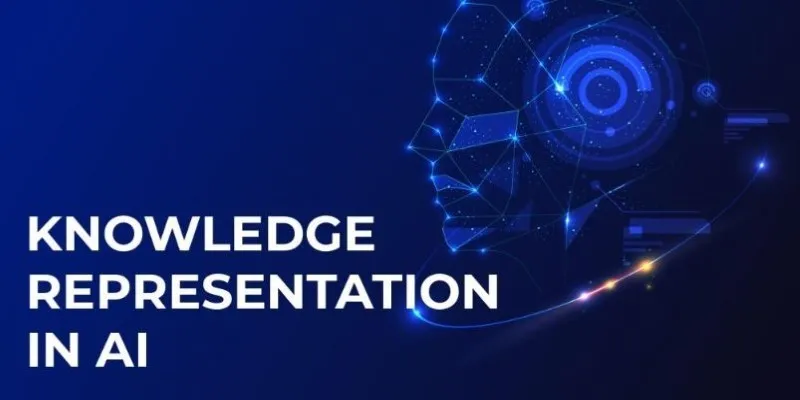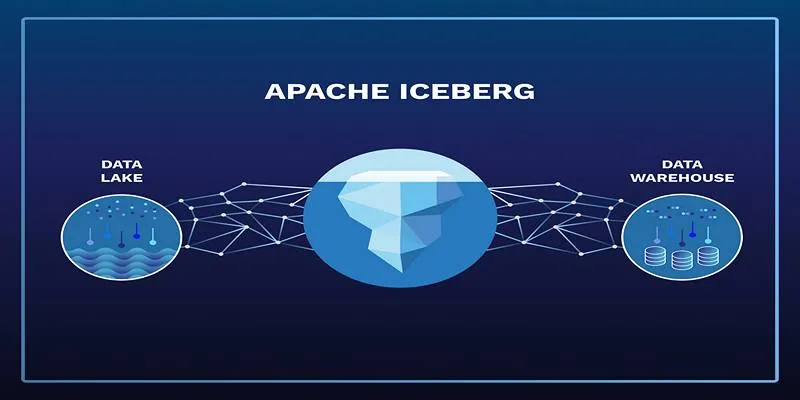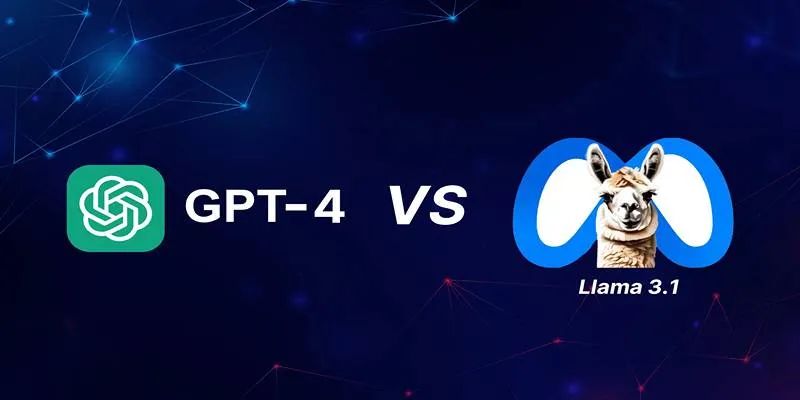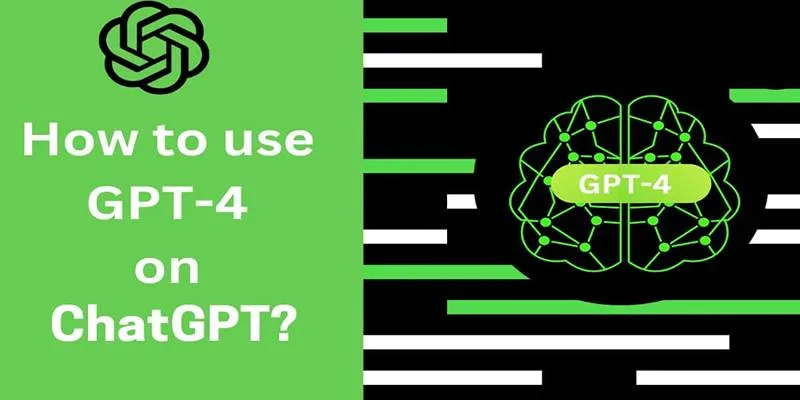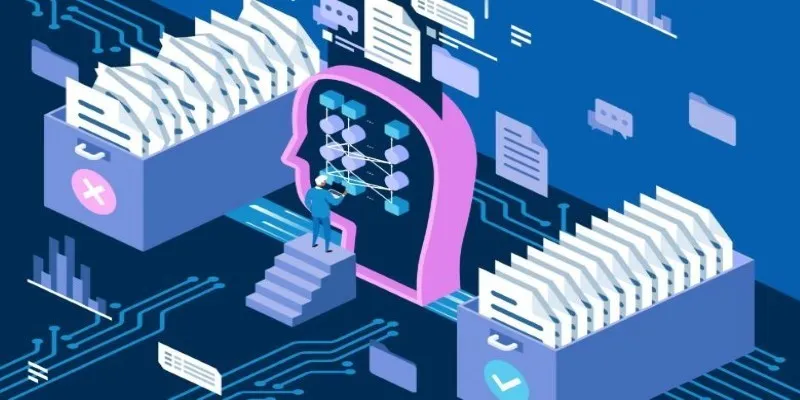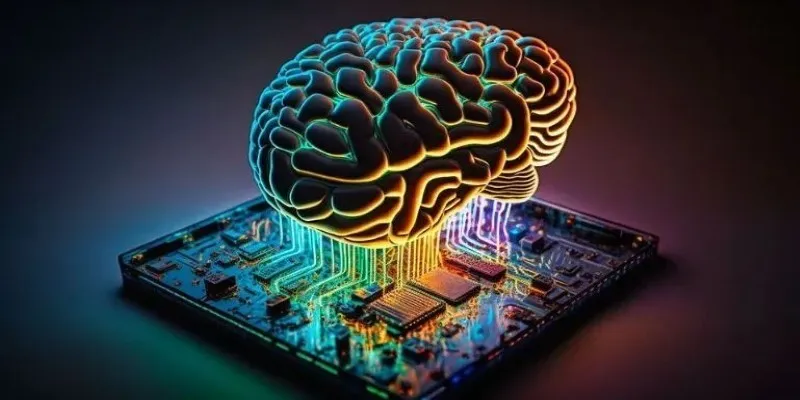Artificial Intelligence (AI) is transforming the world, making now the perfect time to explore its vast possibilities. This guide introduces you to seven captivating AI projects designed for beginners. Through these projects, you’ll gain hands-on experience, learn fundamental concepts, and develop valuable skills that serve as stepping stones for more advanced AI endeavors.
Project #1: OpenAI API AI Chatbot

Building an AI Chatbot using the OpenAI API is an engaging project that allows you to create a virtual assistant capable of understanding and responding to user queries. This project provides practical experience with natural language processing (NLP) and demonstrates how AI interprets human language to generate responses. Whether you’re developing a customer support bot, a personal assistant, or an educational tool, this project enhances your programming skills and explores AI-powered communication.
Why You Should Build It:
- Understand the basics of NLP and conversational AI.
- Gain experience with APIs and integrating AI models.
- Create an interactive and practical application.
Language and Tools:
- Language: Python
- Tools: OpenAI API, Flask (for deployment), and a code editor like VS Code or Jupyter Notebook
Project #2: Image Recognition with TensorFlow
Image recognition involves training a model to identify and classify objects within images, making it an ideal introductory project for learning computer vision. This technology is widely used in fields like healthcare, security, and autonomous vehicles. In this project, you’ll build and train an image classification model using TensorFlow, a robust and popular machine learning platform. You’ll learn how to preprocess image data, create neural network architectures, and evaluate model performance.
Why You Should Build It:
- Gain a solid foundation in computer vision fundamentals.
- Learn to preprocess image data and construct machine learning models.
- Familiarize yourself with TensorFlow’s features for deep learning and neural network deployment.
Language and Tools:
- Language: Python
- Tools: TensorFlow, Jupyter Notebook, and an image classification dataset (e.g., CIFAR-10 or your own dataset).
Project #3: Sentiment Analysis for Social Media
Sentiment analysis involves using NLP techniques to assess the emotional tone of a text, determining whether it expresses positive, negative, or neutral sentiments. This process is critical for understanding public opinion, customer feedback, and brand perception in real-time. This project focuses on analyzing user opinions from platforms like Twitter and Facebook, where millions of users share their thoughts daily.
Why You Should Build It:
- Understand the fundamentals of NLP and text classification.
- Gain experience working with real-world social media data.
- Build practical models to analyze and predict user sentiments.
Language and Tools:
- Language: Python
- Tools: NLTK, TensorFlow/Keras, and a dataset of social media text (e.g., Twitter API or pre-collected data).
Project #4: Handwritten Digit Recognition with MNIST
This beginner-friendly project serves as a great introduction to computer vision concepts such as image preprocessing and feature extraction, as well as neural networks. It provides a solid foundation for understanding how machines interpret and analyze visual data, making it an excellent starting point for those interested in AI and deep learning.
Why You Should Build It:
- Learn the basics of image processing and deep learning.
- Understand how neural networks work for classification tasks.
- Gain hands-on experience in training and evaluating models with real-world image data.
Language and Tools:
- Language: Python
- Tools: TensorFlow/Keras, NumPy, Matplotlib, and the MNIST dataset.
Project #5: Stock Price Prediction with Machine Learning
This project involves creating a machine learning model to predict stock prices using historical data, such as past prices, trading volumes, and market trends. By employing advanced regression techniques, the model analyzes patterns and relationships within the data to provide insights into potential future market trends.
The goal is to assist investors and analysts in making informed decisions by offering data-driven predictions that could highlight opportunities or risks. Additionally, the project evaluates the model’s performance using metrics like mean squared error and R-squared to ensure accuracy and reliability.
Why You Should Build It:
- Develop an understanding of time series analysis and predictive modeling.
- Learn how to preprocess financial data for machine learning.
- Apply machine learning algorithms to real-world financial datasets.
Language and Tools:
- Language: Python
- Tools: Scikit-learn, Pandas, NumPy, Matplotlib, and time series datasets.
Project #6: Speech-to-Text Conversion App
This project focuses on developing an application that converts spoken words into text using advanced speech recognition technology. The application demonstrates how modern tools, such as machine learning algorithms and NLP, can accurately process and transcribe audio data. By converting speech to text, this project improves accessibility, streamlines workflows, and enhances communication in various fields, including education, business, and assistive technologies.
Why You Should Build It:
- Understand the fundamentals of speech recognition.
- Explore audio data processing and working with natural language.
- Build a real-world application with practical use cases like transcription or voice commands.
Language and Tools:
- Language: Python
- Tools: SpeechRecognition library, Google Web Speech API, PyDub, and audio datasets.
Project #7: Game AI for Pathfinding

Pathfinding is a fundamental aspect of game AI, enabling characters or entities to navigate their environment by finding the most efficient route between two points. It plays a crucial role in creating immersive and realistic gameplay experiences, allowing non-player characters to move intelligently and react to dynamic changes in the game world.
This project focuses on implementing and analyzing algorithms, such as A* and Dijkstra’s, that simulate intelligent decision-making in navigation. By incorporating these algorithms, the goal is to optimize movement efficiency while adapting to obstacles and varying terrain, enhancing both functionality and realism in game design.
Why You Should Build It:
- Learn foundational AI concepts like pathfinding algorithms.
- Understand how to implement A* or Dijkstra’s algorithm in a gaming environment.
- Enhance your problem-solving skills by optimizing route calculations.
Language and Tools:
- Language: Python
- Tools: Pygame library, heuristic functions, and grid-based maps.
Conclusion
By completing these seven projects, you will have established a solid foundation in AI, explored various subfields, and gained practical experience with diverse tools and techniques. To continue your AI learning journey, consider advancing to topics like Reinforcement Learning, Generative AI, or deploying AI models in real-world applications. The possibilities are limitless, so keep experimenting, building, and expanding your knowledge!
 zfn9
zfn9






